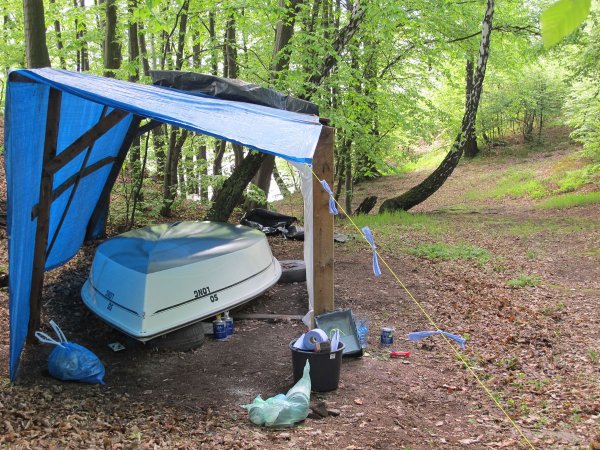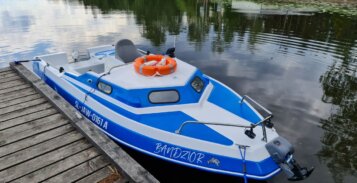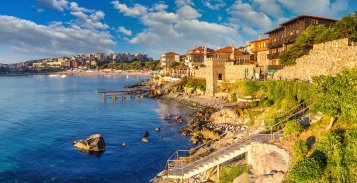
“The next layer isantiosmoticHSEpoxy Primer Sea-Line. It is verydense, you have to get used toher characterand learnto imposeequallayerswith a roller.Withthree layersshouldgo.Certainlymoreamazedpeoplewould achievebetter effect,butfor a firstcontactwith this type ofworkthe end resultwas verysatisfactory. Thanks largely tothe paint, which does not dripso easyandgoodspillsto forma uniform layer. “
Full reportofrenovationJakubaMitki
Description ofrepaircan be found at: http://kluczka.pl/blog/
andin the journalYacht-Market,March 2015

Renovation of the Spanish motorboat Ducauto caribe “Cut in half, gutted and made according to my own concept. The work […]

Opinion of our distributor from Bulgaria, Nicolai from Watersports Equipment – Varna, who works with Sea-Line for 5 years. “Watersports […]

Opinion of our distributor from Switzerland, Jürg from ANWANDER – Näfels. ‘My name is Jürg Iselin from ANWANDER in Switzerland. […]

Opinion of our distributor from Gibraltar, Gaynor from GIBYACHTS – Gibraltar. “Wanted to take few moments to talk to you […]
Yes, you can mix Sea-Line polyurethane paints. The only difference are the pigments of polyurethane paints that determine the color of the paint. But remember to keep the right proportions of base, hardener and thinner.

Refilling and to tackle inequalities caused by damage to or during the course of production

Protects boat surfaces from the effects of destructive activities osmosis and corrosion

Provide an aesthetic and a perfect look of the boat also protective against water and UV radiation

Protect the hull from fouling with algae and shells

Effectively remove scratches, refresh the color of gelcoat or paint, fast shine effect

Special preparations for effective cleaning and refinishing

Laminating, gluing and filling in cracks in gelcoat

Range of products useful in the boat builder work